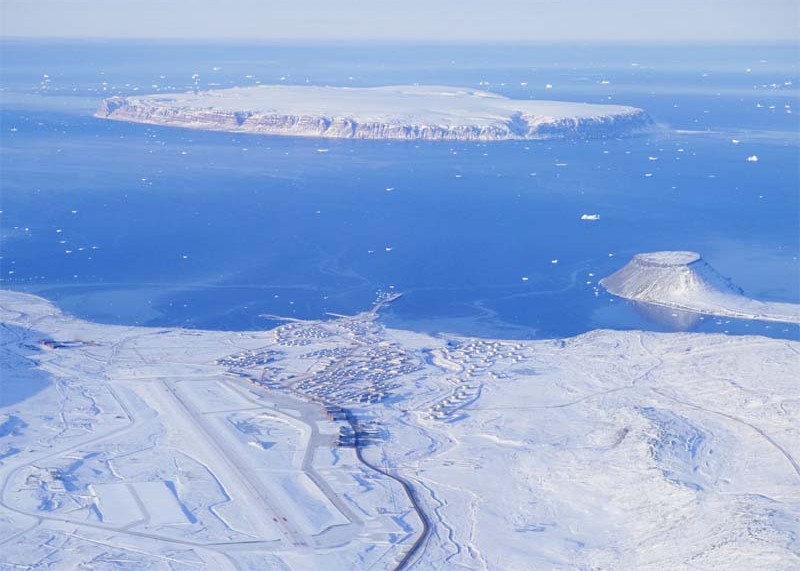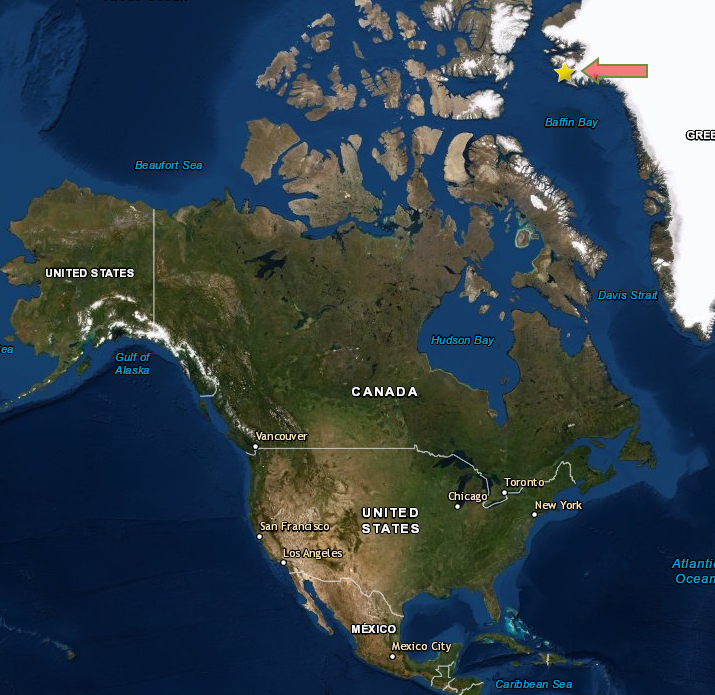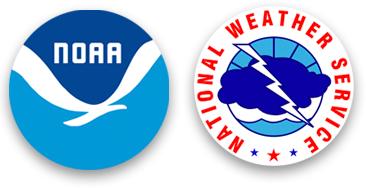The Weather Bureau's Northernmost Outpost - National Weather Service Heritage

The Weather Bureau's Northernmost Outpost
By NWS Heritage Projects Editorial StaffAbove: Thule Air Base, Greenland, in 2005. Photo by U.S. Air Force.
The following is from the March 1947 issue of Weather Bureau Topics and Personnel.
Way up north on Wolstenholme Sound on the west coast of Greenland, in a region where the Arctic Circle lies as far to the south as does Montgomery, Ala., from Chicago, stands the northernmost weather station in the world. Located a few miles from the Danish settlement and Eskimo village of Thule, the weather station has both an interesting history and a future rich in promise of achievement in the cause of international meteorology.

32 minutes N, longitude 68 degrees 42 minutes W
As a result of negotiations with the government of Denmark, it was agreed in 1946 to expand the small Danish weather station at Thule into a modern geophysical laboratory and meteorological observatory. Last summer, with the cooperation of the U. S. Army and Navy, six wooden buildings were erected, instruments and communications equipment installed, and a year’s supplies and provisions provided. The work was supervised for the Bureau by the newly organized Arctic Section, under the leadership of Charles J. Hubbard, a veteran of Arctic exploration since 1917, and a wartime expert for the Army Air Forces on Arctic airport and weather stations.
As specified in the enabling agreement, one-half of the 22 weathermen at Thule are Danes and one-half Americans. Another clause in the agreement provides for the transfer of the station to entire Danish control at an appropriate later date. Both nationalities are working together with high morale and in complete harmony at this first international weather station. Danish activities are directed mainly toward taking magnetic observations; the Weather Bureau crew is busy with its schedule of complete surface and some upper-air observations. Every 6 hours Thule radios to Washington, and every 3 hours it transmits its reports to stations in the north Atlantic forecasting area.
The official in charge at Thule is E.E. Goodale of Boston. W. B. Chappell, formerly official in charge at Norfolk, Nebr., and Earl A. Johnson, known for his work with Ocean Weather during the war, are also there. The American personnel includes CAA radio operators, on loan to and paid by the Weather Bureau, and consists of men chosen for their all-round ability, Arctic experience, and skill along specialized lines. The cooks, for example, are experts, capable of turning out Southern-fried chicken in definitely non-Southern surroundings. Plans for the future envisage Thule as a center for Arctic upper air, ionospheric, and magnetic studies, as well as for research on the growth of sea ice, on snow surfaces, icing on aircraft, and special Arctic phenomena. It is hoped that Thule will be the first of a network of stations which, in conjunction with the Canadian observatories, will furnish adequate coverage of the vitally important Arctic zone. Expectations are that next summer will witness the establishment of at least one more station north of Thule. Weather Bureau employees interested in this adventurous assignment should write to the Arctic Section for further information. Positions are unclassified, and salaries range from about $5,000 to $6,000 a year.
As this issue of Topics and Personnel is being prepared for press, the sun is shining on Thule for the first time in 4 months. During the Winter (November-February) darkness, however, life was far from dim. Mail was flown in and out once a month; special food packages arrived by the same route. Heavy winter clothing (in addition to food and shelter) was furnished free, but the men worked in pretty much the same clothes they would in the States, except when their work called them outside. At Christmas, gifts and a tree were flown in, and New Year’s Day was marked by a party given for the Eskimo children. About 126 Eskimo families live near Thule; dubbed "the Arctic Highlanders” by an early explorer, they are the northernmost of any Eskimo tribe, and have supplied sturdy assistance to more than one Polar expedition. Latest word is that a fire destroyed the Thule rawinsonde equipment. This loss, however, has already been replaced by stand-by equipment and should prove no handicap to those able Weather Bureau men who are making the Arctic yield its weather secrets.
